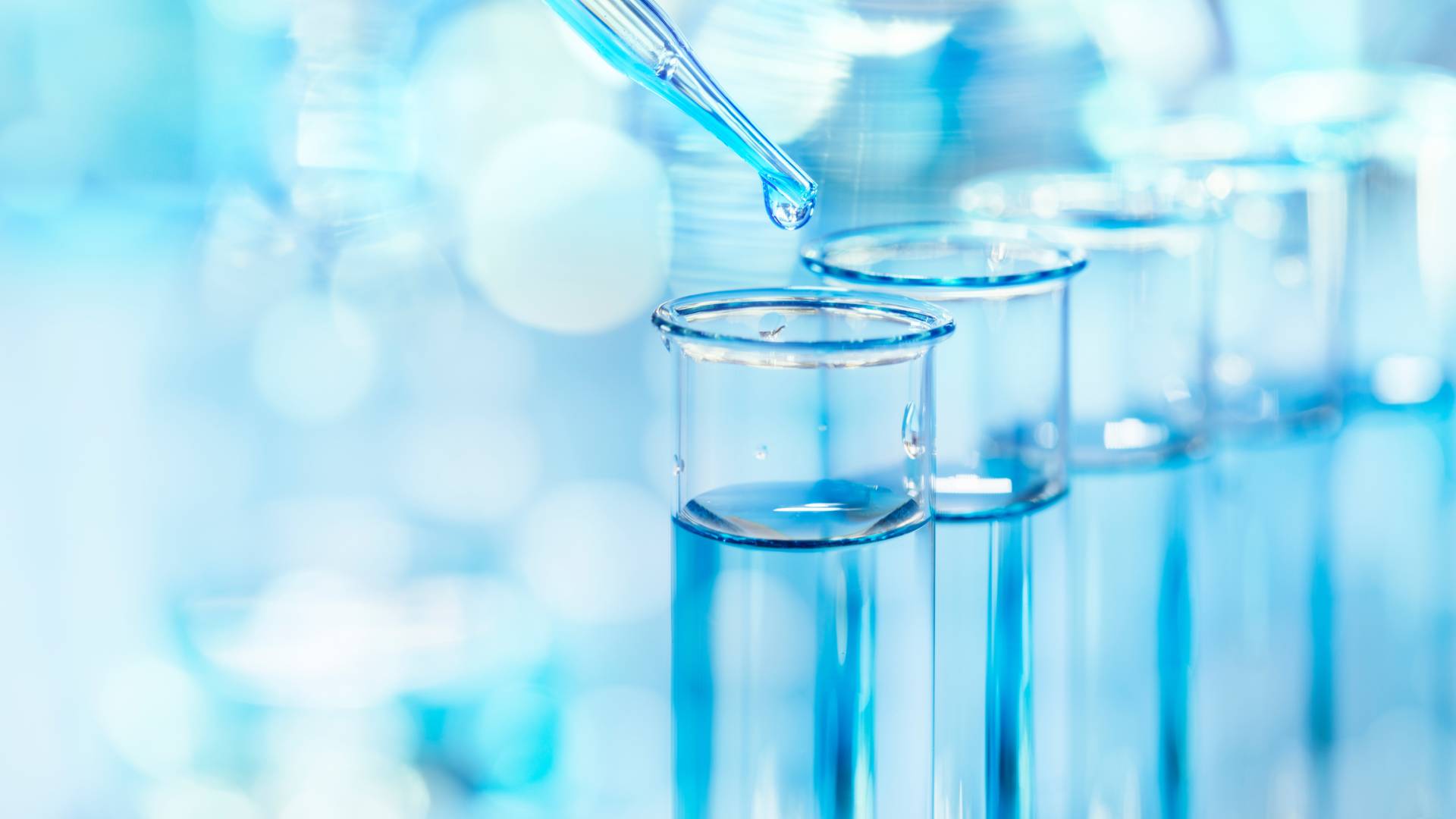The History and Evolution of Immunoassay Technology

Immunoassay tech has come a long way in a relatively short period of time. Let’s take a look at its history to see how it’s evolved over the years.
The world of medical diagnostics has seen remarkable transformations over the centuries, and one of the most fascinating areas of evolution in more recent years is that of immunoassay technology. Join us on a captivating tour of the history and evolution of immunoassay technology, from its humble beginnings to the advanced techniques we employ today.
The Early Days of Immunoassay Technology
We can trace the origins of immunoassay technology back to the early to mid-20th century when scientists first began exploring how they could use antibodies to detect and measure substances in the blood. These initial efforts laid the groundwork for what would become a revolutionary tool in medicine and research.
The primary focus in those early days was on understanding the nature of antibodies and antigens. Researchers were fascinated by the body’s immune response and sought ways to harness this natural defense mechanism for diagnostic purposes. This quest led to the development of the first immunoassays, which, although rudimentary by today’s standards, marked a significant leap forward in medical science.
Technological Advances
The quest for more precise and sensitive immunoassays quickly led to significant technological advancements in the years to come. One of the most notable milestones was the invention of Radioimmunoassay (RIA) in the 1960s. RIA allowed for the detection of tiny amounts of substances in the blood, revolutionizing diagnostics and research.
However, the reliance on radioactive materials in RIA presented challenges. Addressing those challenges led to the inevitable development of Enzyme-Linked Immunosorbent Assay (ELISA) in the 1970s. ELISA offered a safer and more versatile alternative, using enzymes and color changes to detect and measure substances. ELISA quickly became a staple in laboratories worldwide, thanks to its simplicity and effectiveness.
Immunoassays in the Modern Era
Immunoassays have become integral to medical diagnostics and research since the 70s. Scientists use tools such as biomarker assay platforms to diagnose diseases, monitor treatments, and advance our understanding of complex biological processes. Despite their widespread use, modern immunoassays face challenges, including the need for greater sensitivity and specificity.
Recent breakthroughs have addressed some of these challenges. Advances in technology have led to the development of immunoassays that are faster, more accurate, and capable of detecting a broader range of substances. These innovations hold promise for improving patient care and advancing scientific discovery.
The Future of Immunoassay Technology
While the history and evolution of immunoassay technology is fascinating, we must now look ahead to see how else it could develop. Emerging trends suggest that immunoassays will become even more integral to healthcare and research. One exciting development is the integration of digital technologies, which promises to enhance the accuracy and accessibility of immunoassays.
Researchers are also exploring new ways to make immunoassays more user-friendly and adaptable to a variety of settings. Point-of-care testing, for example, aims to bring immunoassays directly to patients, enabling rapid diagnosis and treatment decisions. Additionally, ongoing research into novel biomarkers and detection methods is likely to yield even more powerful immunoassays in the coming years.







